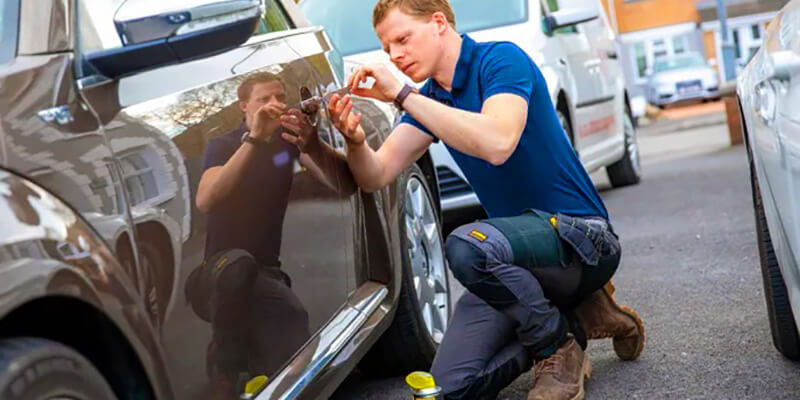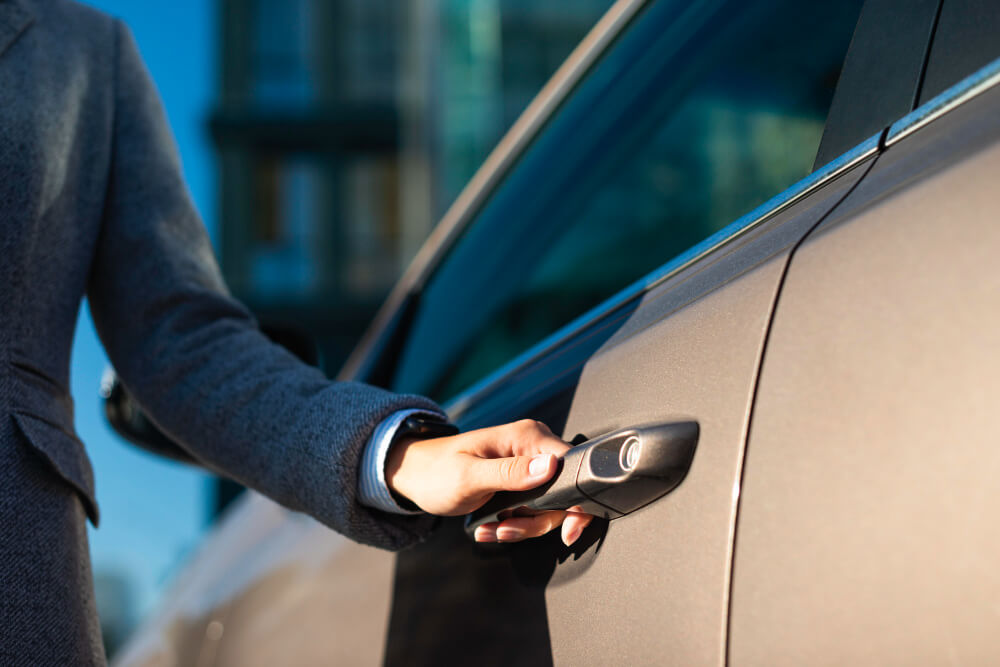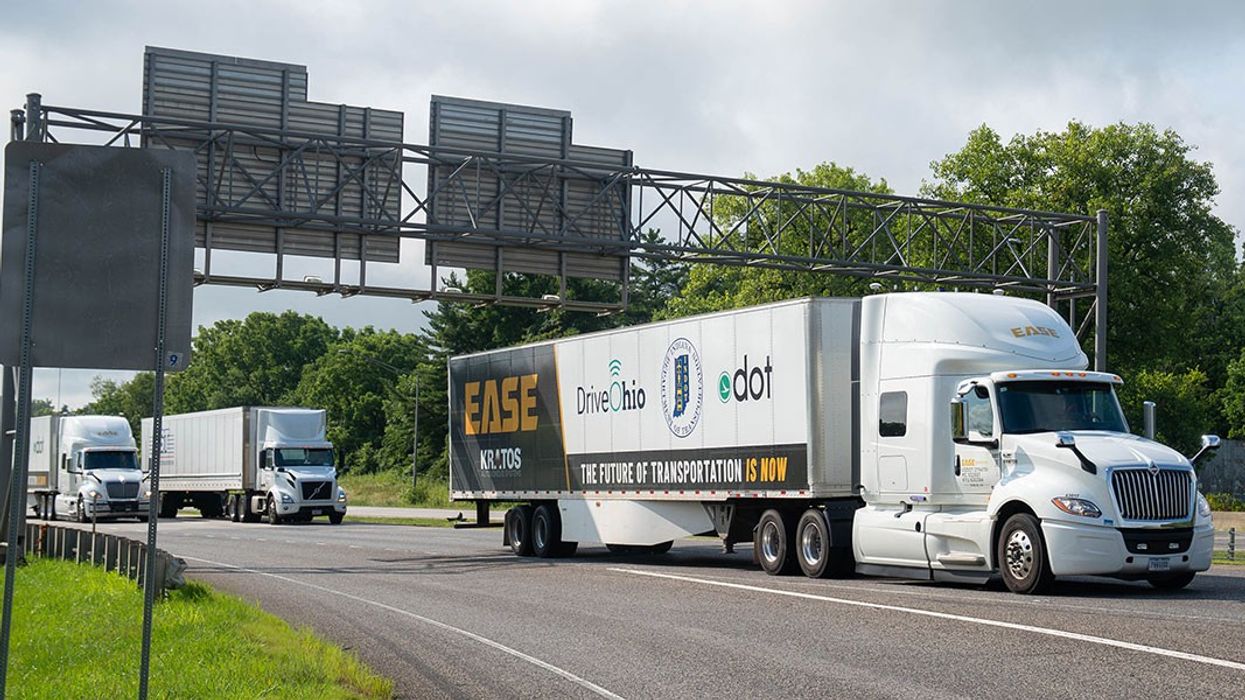Have you ever found yourself standing outside your car, staring at your keys locked inside? Its a frustrating experience that many drivers encounter. In this article, we will delve into car lockout tools explained to help you understand how these tools can assist in such predicaments.
Whether you are a seasoned driver or new to the road, understanding how these tools work can be beneficial. The primary keyword, car lockout tools explained, is crucial as it will guide us through various methods and tools that can help you regain access to your car without causing damage.

Understanding Car Lockout
A car lockout occurs when you are unable to access your vehicle due to keys being lost, locked inside, or a malfunctioning lock. It’s a common mishap faced by drivers worldwide.
Common Causes of Car Lockouts
There are several reasons why a car lockout might happen. Some of the most common include:
- Leaving keys inside the car
- Broken keys
- Malfunctioning locks
Essential Car Lockout Tools
To resolve a lockout situation, various tools can be employed. Let’s explore some of the most common and effective tools available:
Slim Jim
A Slim Jim is a slender tool used to unlock car doors without the use of a key. It works by manipulating the lock mechanism through the car window.
Wedges
Wedges are used to create a gap between the car door and the frame, allowing other tools to be inserted to unlock the door.
Lock Picks
Lock picks are tools that manipulate the pins in the lock cylinder, enabling the lock to turn without the original key.
Advanced Tools for Car Lockouts
Air Wedge
An air wedge is an inflatable bag that can be inserted into the gap between the car door and frame. When inflated, it creates enough space to use other tools to unlock the car.
Long Reach Tools
Long reach tools are designed to reach inside the car to manipulate the lock or grab the keys.
DIY Solutions and Precautions
While professional help is often recommended, some DIY methods can be attempted. It’s important to use caution to avoid damaging your vehicle.
Wire Hanger Method
Though not always recommended, a wire hanger can sometimes be used to unlock older car models. However, this method can damage the car and should be used with caution.
String Technique
For cars with pull-up locks, a string with a loop can sometimes be used to unlock the door.
Professional Assistance
When DIY methods fail, it’s wise to call a professional locksmith. Professionals have the right tools and expertise to unlock your car safely.
Importance of Calling a Locksmith
Professional locksmiths have access to specialized tools and training to handle lockouts efficiently. They can provide a quick and damage-free solution.
For more tips on using car insurance for lockout services, check this useful guide.
Preventing Car Lockouts
Preventing a lockout is better than dealing with one. Here are some tips to avoid future lockouts:
Spare Key Solutions
Keeping a spare key in a safe place can save you from lockout situations. Consider keeping one at home or with a trusted friend.
Keyless Entry Systems
Vehicles equipped with keyless entry systems provide an added layer of convenience and security, reducing the chances of a lockout.
To learn more about creating a lockout emergency kit, visit this informative page.
FAQ Section
What should I do if I lock my keys in the car?
Remain calm and assess your options. You can try using a spare key, or if you have roadside assistance, give them a call. Alternatively, contact a professional locksmith.
Can I use my car insurance for lockout services?
Some insurance policies cover lockout services. Check with your provider for details. You can find more information about this at Progressive.
Is it safe to use DIY methods for unlocking my car?
DIY methods can work but carry the risk of damaging your vehicle. It’s recommended to call a professional locksmith for a safer approach.

Conclusion
Understanding car lockout tools explained is essential for every driver. Whether you choose to use tools yourself or call a professional, being informed can make the process smoother. For more insights on handling lockouts, visit Rapid Towing.
This article contains affiliate links. We may earn a commission at no extra cost to you.






